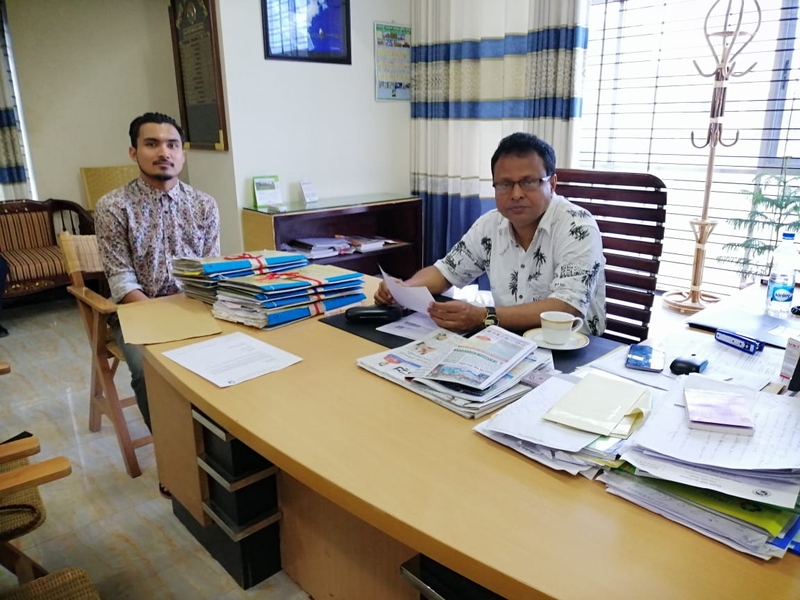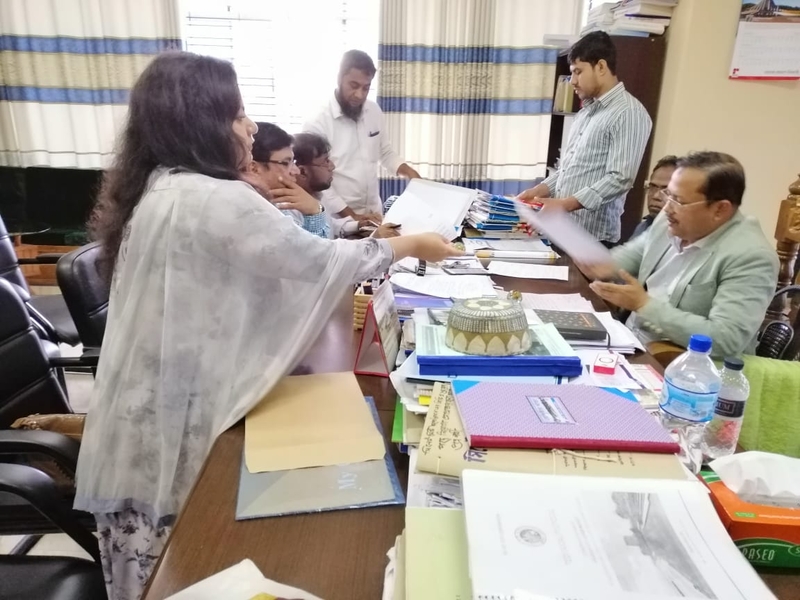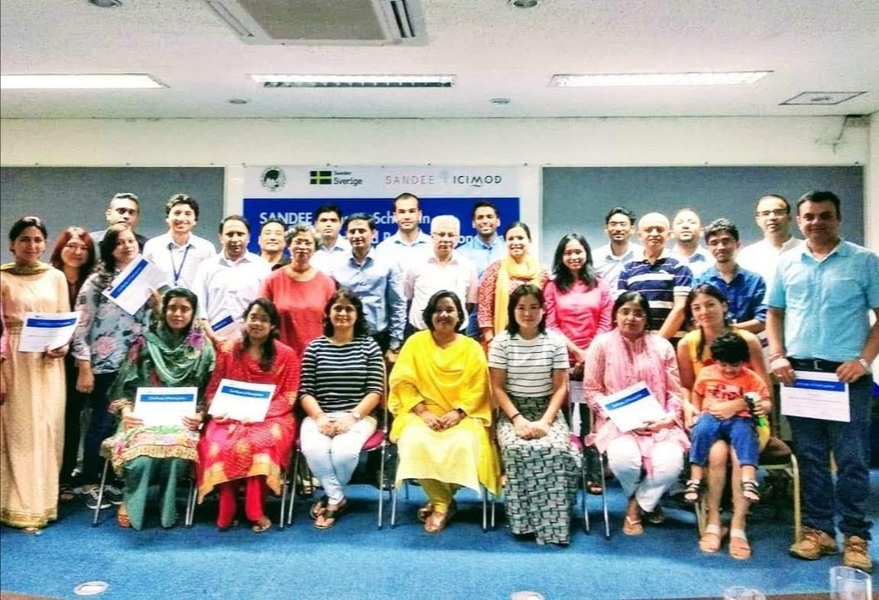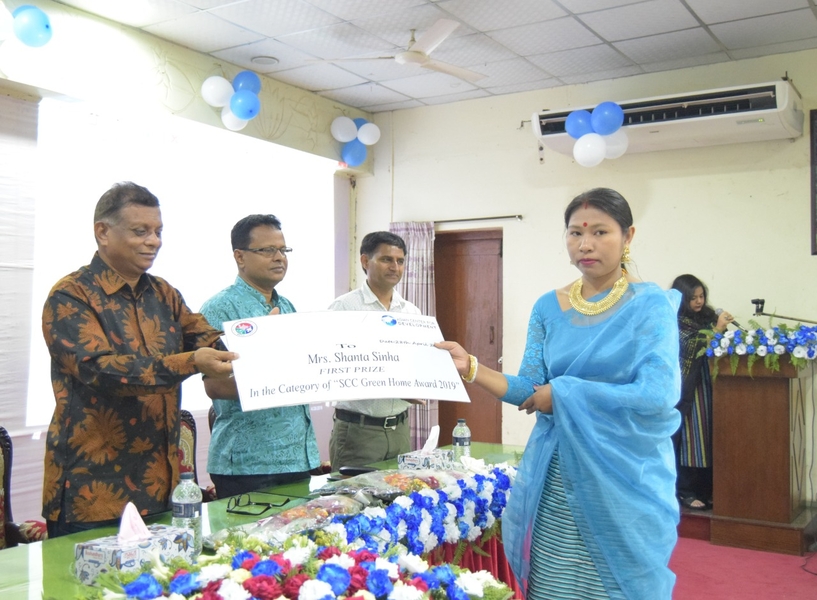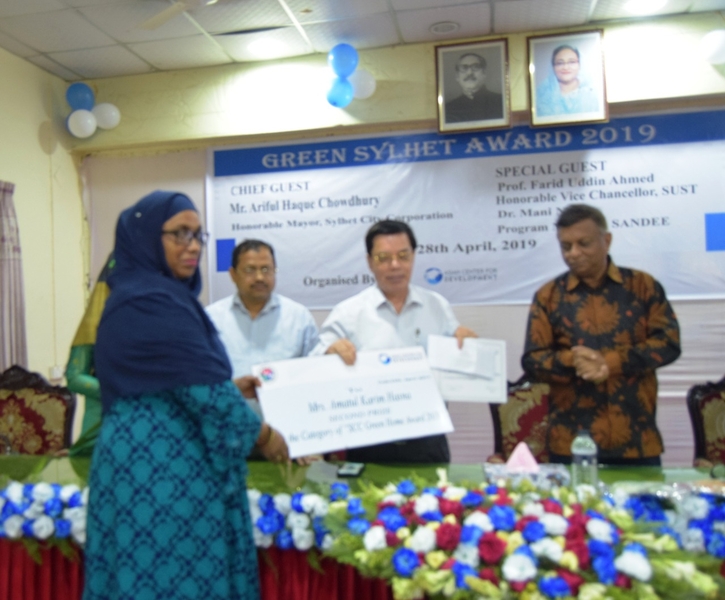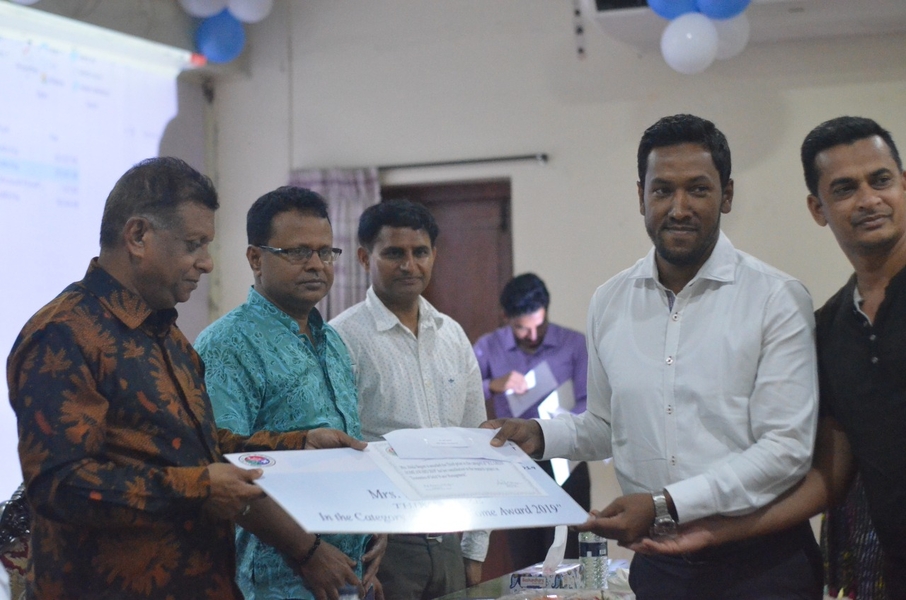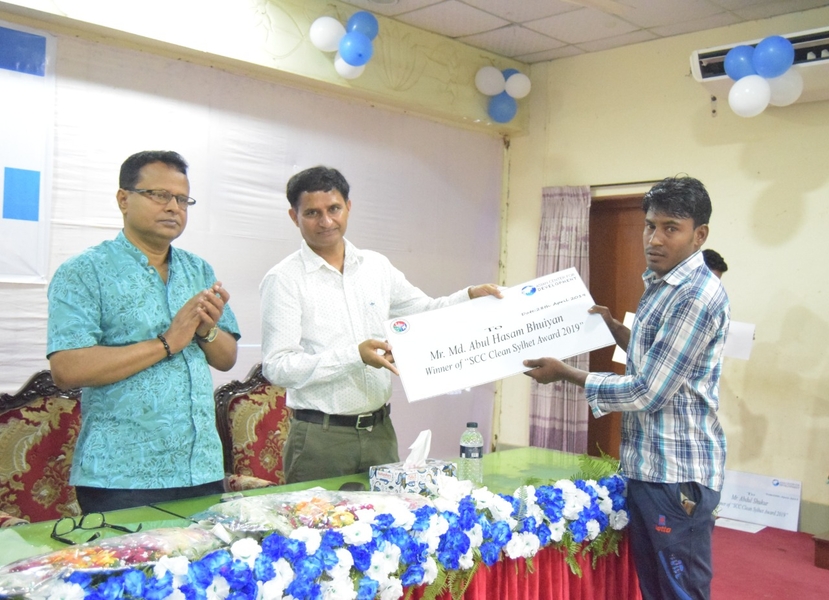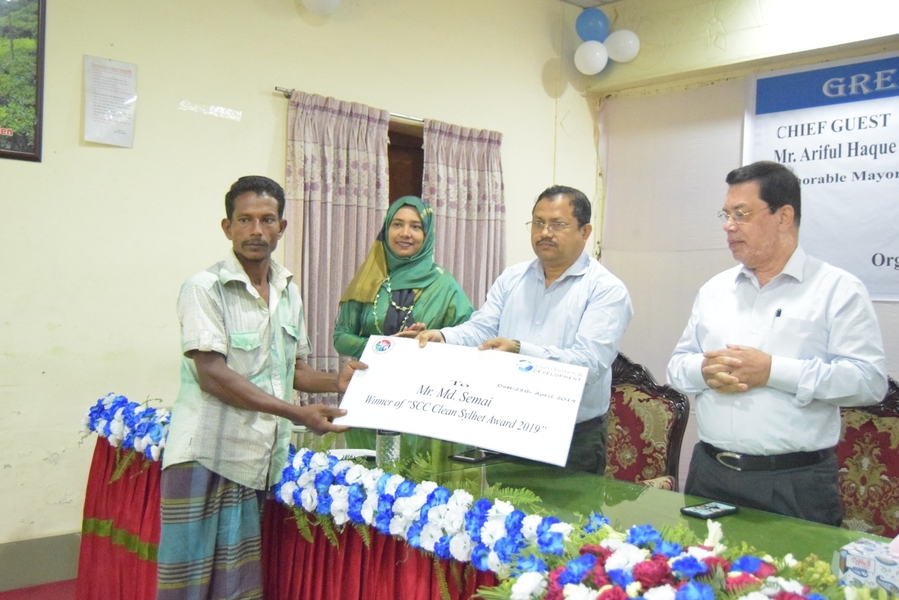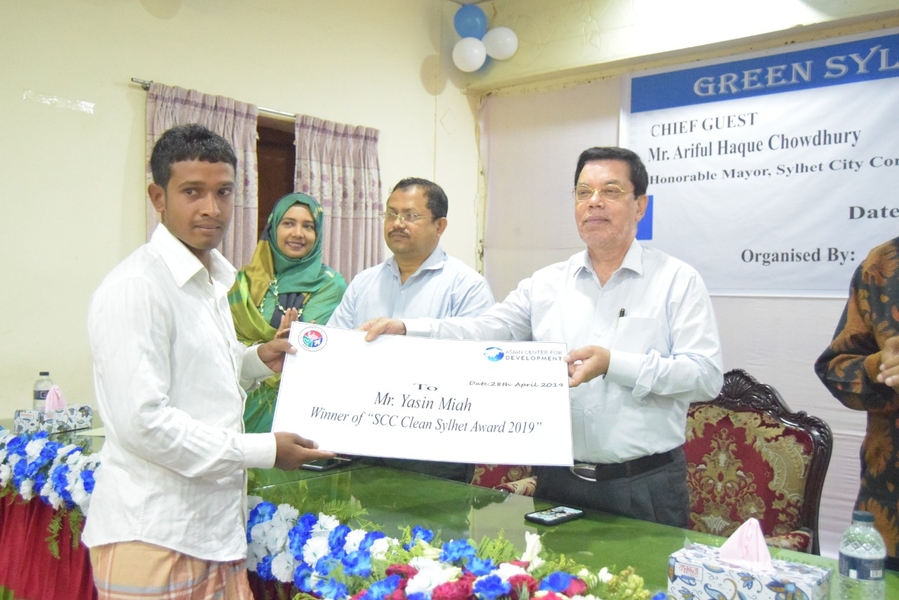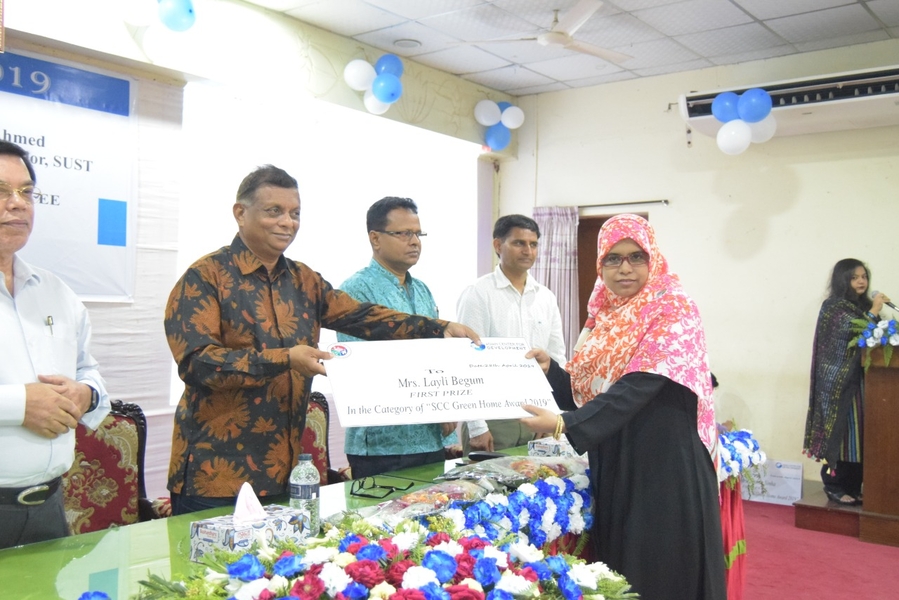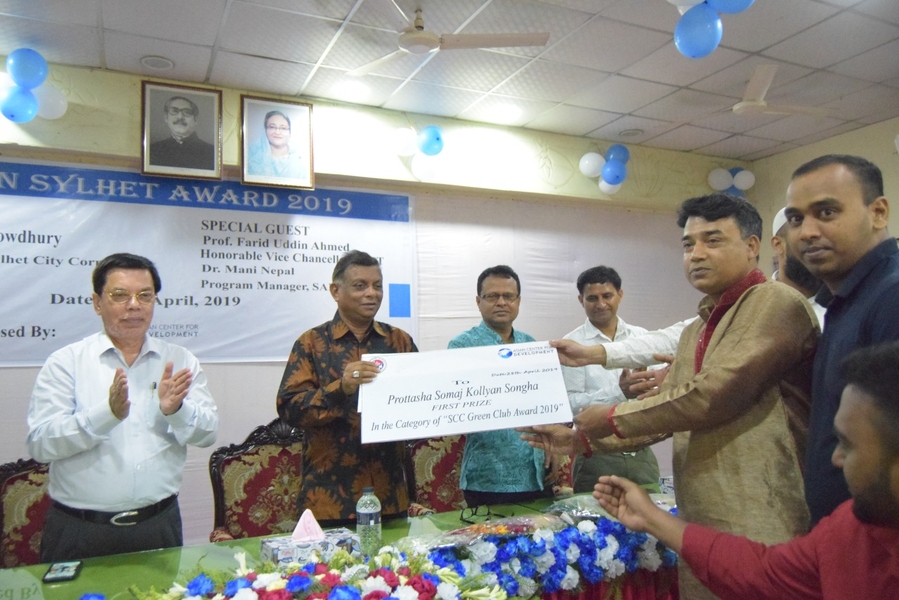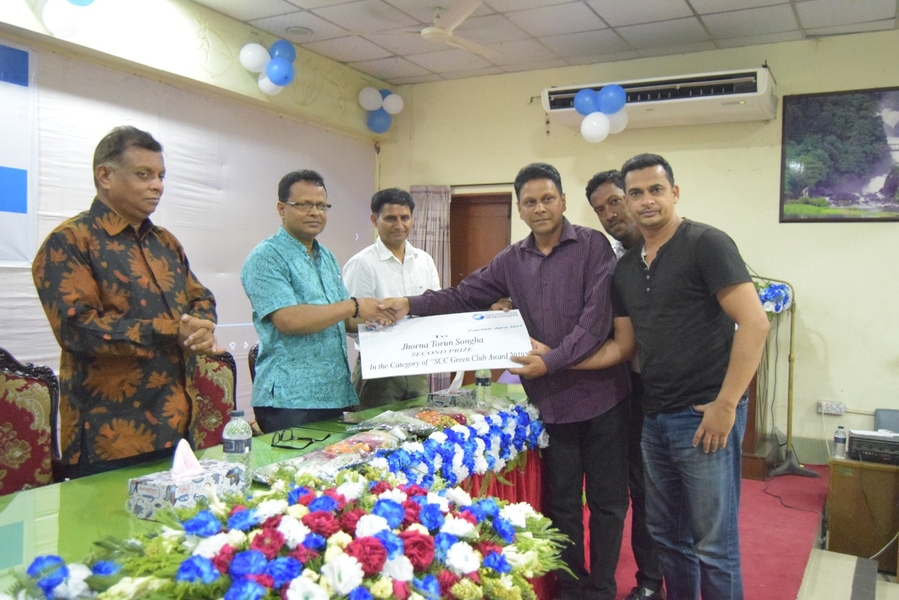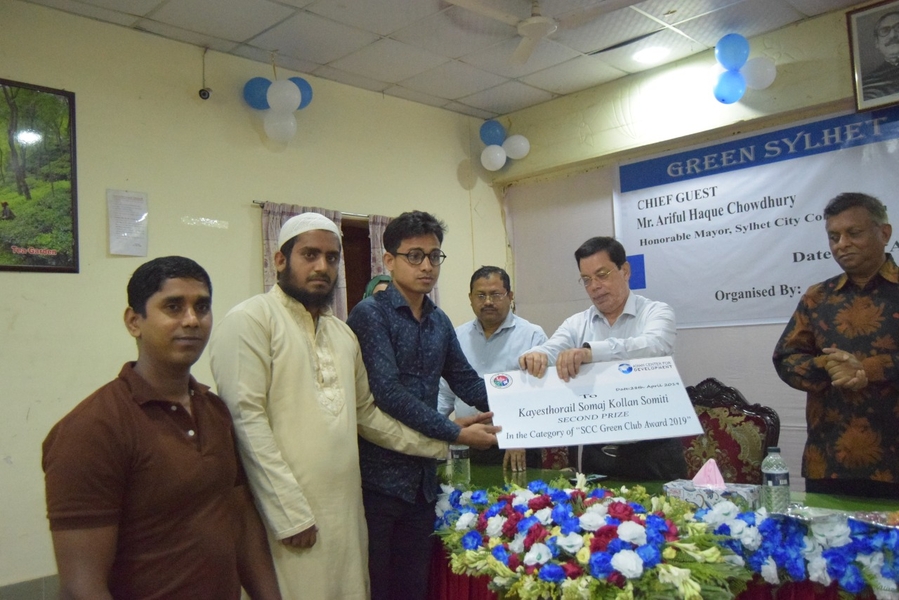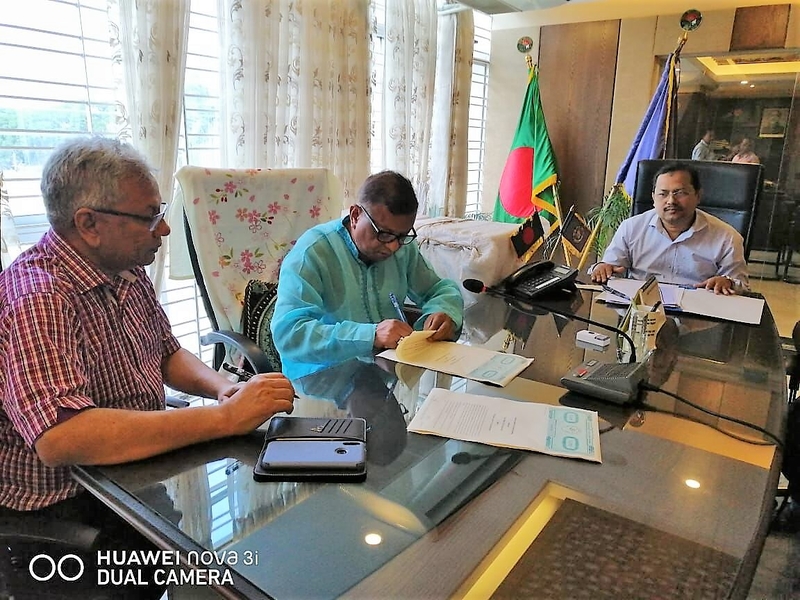Development Assistance and Climate funds are not generally a substitute of each other but there are significant overlaps due to the fact that many of the poverty reduction programs can also be seen as a part of adaptation programs as it increases the ability of the people to deal with stressed conditions. As such, there is a debate in the literature on how development assistance might support and complement adaptation funding (Ayers and Huq 2009). Separating climate fund from a development fund is often very difficult because climate change can affect the efficiency of utilization of development resources. For example, an embankment designed to protect the coastal population from tidal flooding could effectively become a trap for them in case of sea level rise or during cyclone due to waterlogging. In Bangladesh, the aftermath of Aila (the cyclone of 2009) clearly shows that breach of embankment and inundation of huge area of land due to the cyclone literally lasted several years, as such all the development expenditure in that region became ineffective. As such, literature also suggests that there are synergies between development assistance, adaptation expenditure and mitigation expenditures which may lead to a potential win-win solution (Klein, Schipper, and Dessai 2005). The optimal mix (between adaptation, mitigation and development expenditure) varies between sectors.
As Bangladesh is graduating towards a developing country, it is likely that many of the windows of development assistance will be gradually closing while at the same time, there is a new opportunity to mix development fund with climate fund assigned for mitigation and adaptation expenditures under the Paris Agreement. The Government of Bangladesh created the Bangladesh Climate Change Trust Fund in 2009 in order to promote projects to develop resilience in the communities living in vulnerable areas as well as to develop options for reducing GHG emissions. While the fund is also designed to pool other global funds to Bangladesh in this area, the Government of Bangladesh also allocated nearly 400 million US$ to the coffer from its own resources and funded projects under this.
The current exercise is to study these projects in order to a) classify the pattern of expenditure in terms of development, mitigating and adaptation expenses using field observations, b) compare these projects with other similar poverty alleviation projects and c) develop a pattern of synergy between them in order to understand the following questions.
- Is there any optimal mix between development, mitigation and adaptation expenses in coastal projects related to i) rural livelihoods, ii) agriculture, iii) health and iv) environment projects?
- Is there a governance issue related to management of these types of projects to make adaptation and mitigation expenditure more efficient?
Study Area
Bhola, Borguna, Satkhira and Cox’s Bazar
Study Team
Dr. A.K. Enamul Haque
Professor of Economics
East West University
Dr. Rumi Shammin
Oberlin College
Ohio, USA
Estiaque Bari
Lecturer in Economics
East West University


